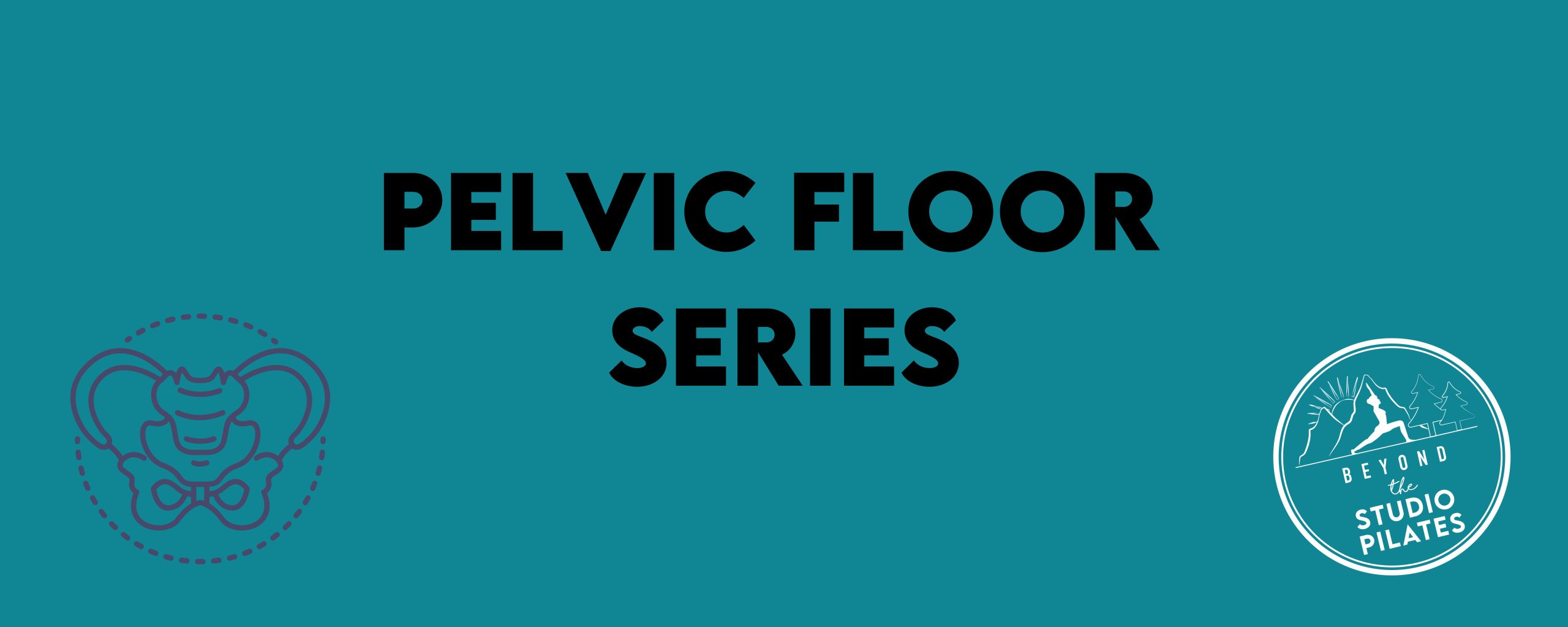Have you ever considered how your breathing affects your core strength and pelvic health? The connection might surprise you. Let’s dive into the fascinating world of the core, pelvic floor, and breathing – a trio that works in perfect harmony to support your body’s function and overall well-being.

The Core Trifecta: Pelvic Floor, Abdominals, and Diaphragm
At the heart of this connection is a system comprising three key players:
- The pelvic floor muscles: Forming the base of your core
- Deep abdominal and back muscles: Providing stability and support
- The diaphragm: Your primary breathing muscle
This intricate network is crucial for maintaining proper core function, spinal support, and pelvic health. But how exactly do they work together?
The Breathing Cycle: A Choreographed Dance
During each breath, your pelvic floor mirrors the movement of your diaphragm in a beautifully coordinated sequence:
On inhalation:
- Your diaphragm contracts and moves down
- Your rib cage expands in all directions
- Your pelvic floor lengthens and descends
- Your abdominal muscles lengthen and expand outward
On exhalation:
- Your diaphragm rises back into the rib cage
- Your pelvic floor lifts and gently contracts
- Your abdominal muscles contract inward
This synchronised movement plays a vital role in regulating intra-abdominal pressure and supporting your spine during daily activities and sports.
The Power of Proper Breathing
Diaphragmatic breathing isn’t just about getting oxygen into your body – it’s a crucial component of pelvic floor health. This breathing technique encourages the natural stretching and contraction of your pelvic floor, keeping it strong and flexible.
One particularly beneficial technique is the “Connection Breath” or “Piston Breath”. This method is excellent for training optimal core and pelvic floor function, especially during pregnancy and postpartum recovery. It activates and strengthens your inner core muscles, including the diaphragm, pelvic floor, transverse abdominals, and multifidus.
Why It Matters: Preventing Pelvic Floor Dysfunction
Understanding and maintaining this connection is crucial for preventing pelvic floor dysfunction. Neglecting it can lead to issues such as:
- Incontinence
- Pelvic organ prolapse
- Lower back pain
By focusing on proper breathing techniques and core engagement, you can support your overall pelvic health and improve core function.
Take the Next Step in Your Pelvic Floor Journey
Ready to learn more about improving your pelvic floor function? Download our free pelvic floor guide PDF from our website
In the coming weeks, we’ll be sharing some fantastic techniques for breathing and pelvic floor health. Stay tuned to unlock the full potential of your core and breathe your way to better health!
Favorite



